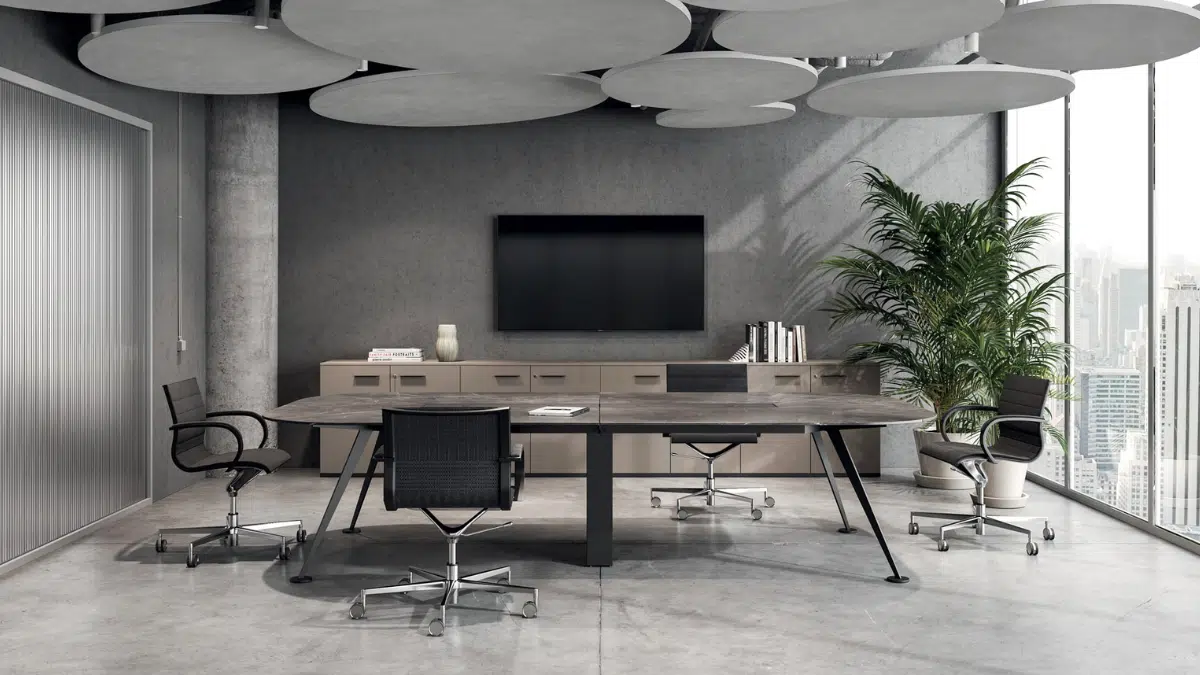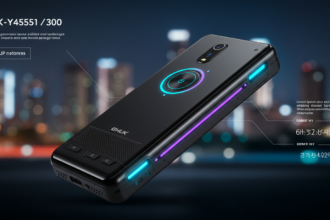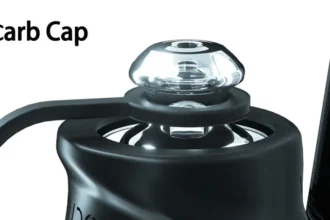There was a time when furniture served just one purpose. To sit, rest, or eat. But that time has passed. Today, the tables and chairs in modern restaurants, offices, and cafés are getting smarter. They’ve started doing things we once thought were only possible in science fiction. Furniture can now play music, charge your phone, and even help business owners manage their space better.
As more businesses look for ways to attract customers and stay ahead, smart furniture has become more than a trend. The global smart furniture market is growing by more than 20% each year. Hospitality, tech-driven offices, and innovative restaurants are leading the way. These spaces are not just about good looks anymore. They’re about creating better experiences. This article explores how commercial furniture, such as tables and chairs, is being transformed with smart features that make both guests and owners happy.
Smart Tables: More Than a Surface
Modern tables do far more than hold plates and cups. Many now come with touchscreens built into their surfaces. These allow customers to browse menus, place orders, and even pay the bill without waiting. It’s fast, easy, and makes dining more enjoyable.
Some tables are built with wireless charging ports. People don’t have to search for outlets or worry about dead phone batteries. Others come with built-in speakers that play local audio without bothering nearby guests. These small touches go a long way in creating a personal and comfortable space.
Tables can now collect useful data too. They can track how often they’re used, how long people stay, and even help manage traffic in busy spots. Some tables light up when the room gets darker or noise levels rise, adding a touch of ambiance. And instead of replacing the whole table, tech panels can be swapped out or upgraded as needed. Some even have surfaces that change temperature depending on the climate, keeping them comfortable to the touch. They also connect directly to restaurant systems to speed up service and reduce mistakes.
High-Tech Chairs: Comfort Meets Connectivity
Chairs are no longer just about sitting down. Some come with heating or cooling systems built in. These features help guests stay cozy no matter the weather. Others have sensors that can track how long someone has been sitting or whether they’re sitting with good posture.
Some chairs let people listen to music through bone-conduction speakers. That means the sound goes straight to your ears without using headphones or making noise. It’s quiet, private, and perfect for shared spaces. Adjustments can now be made through apps or smart controls, letting each guest find the most comfortable setting.
New materials, like smart fabrics and carbon fiber, make these chairs strong but light. RFID tags can be added to keep track of where each chair is and how it’s used. Some chairs even light up when someone approaches, helping people move around safely in dimly lit areas. With features like these, seating becomes both practical and thoughtful.
Benefits for Business Owners
Adding smart furniture to a commercial space isn’t just for show. It brings real results. Table turnover speeds up when guests can order and pay quickly. That means more guests served in less time. It also reduces the pressure on staff, since the furniture can handle some tasks.
Younger guests and tech-lovers enjoy the novelty, while regular customers appreciate the ease. Smart furniture collects real-time data, helping business owners understand patterns, plan layouts better, and make smarter marketing choices. It also saves money in the long run. Many of these systems use less energy and give alerts when maintenance is needed, preventing breakdowns before they happen.
The technology doesn’t have to feel cold or distant. Digital displays on tables or chairs can be customized to match the business’s look and feel. They can even show the brand logo or special offers, which keeps branding fresh in the minds of visitors. In many cases, guests who experience smart furniture end up spending more, staying longer, and coming back again.
Design and Aesthetic Considerations
Blending technology with style is key. Nobody wants a restaurant that looks like a computer lab. Today’s smart furniture is designed to look clean and modern, with tech features hidden from plain view. Cables, ports, and screens are tucked away inside the furniture so they don’t stand out.
Color and design can be tailored to match the rest of the space. Whether the style is rustic or sleek, smart furniture can blend in naturally. Lighting, when used, is soft and subtle. It’s not about being flashy, it’s about enhancing the mood. Even traditional-looking furniture can now carry smart features without losing its charm. The result is a space that feels both current and comfortable.
Customer Experience and Engagement
Guests notice when a space feels fresh and easy to navigate. Tables that let people play games or watch content while they wait make the time pass quickly. Charging their phones while enjoying a drink keeps them from rushing out. Smart chairs that offer personal comfort encourage them to relax and stay a bit longer.
When lighting and sound can be adjusted, people feel more in control of their surroundings. It becomes a custom experience. Some tables even allow guests to use loyalty points or access special offers just by tapping. Augmented reality menus are starting to appear, too, letting people see 3D images of their food before they order. All these little touches build a deeper connection between the guest and the place.
Seating data can also help restaurants remember preferences, like favorite dishes or how someone likes their chair set. With each visit, the experience becomes smoother and personal. When guests feel valued, they return, and they talk about it, too.
Market Trends and Industry Adoption
Co-working spaces were some of the first to bring in tech-integrated desks. These environments thrive on flexibility, and smart furniture fits right in. Hotels and restaurants have followed, especially those that want to attract freelancers, travelers, or remote workers.
In cities with strong tech scenes, smart cafés have become gathering spots for digital nomads. Franchise restaurants are starting to explore these options as well, aiming to simplify service and offer a modern feel. Voice control, motion sensors, and touchless interactions are growing in popularity. Smart tables now talk to smart lighting, air conditioning, and even security systems, all working together.
Beyond dining, other industries are getting on board, too. Schools, airports, and hospitals are starting to add smart seating in waiting areas and lounges. As prices come down and designs improve, this kind of furniture will become common in all kinds of spaces.
Final Thoughts: Where Innovation Meets Hospitality
Technology doesn’t have to replace the warmth of hospitality. When done thoughtfully, it can enhance it. Smart tables and chairs help people feel comfortable, cared for, and connected, all while helping businesses run more smoothly. It’s not about gimmicks or fancy extras. It’s about solving real problems in quiet, effective ways.
The rise of tech-integrated furniture marks a new chapter in how we design our shared spaces. With chairs that respond to comfort and tables that guide service, businesses can deliver better experiences without changing their core values. This is more than a shift in furniture, it’s a smarter way to serve, one seat at a time.

















